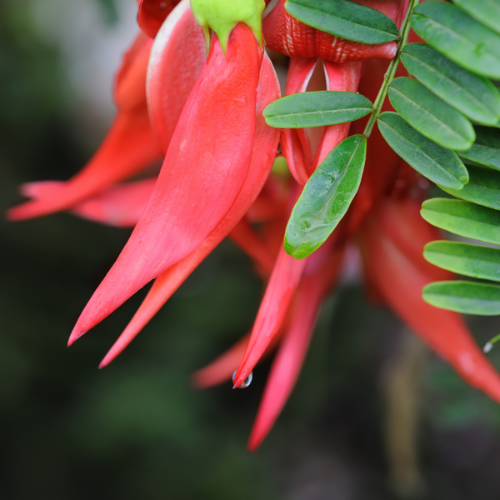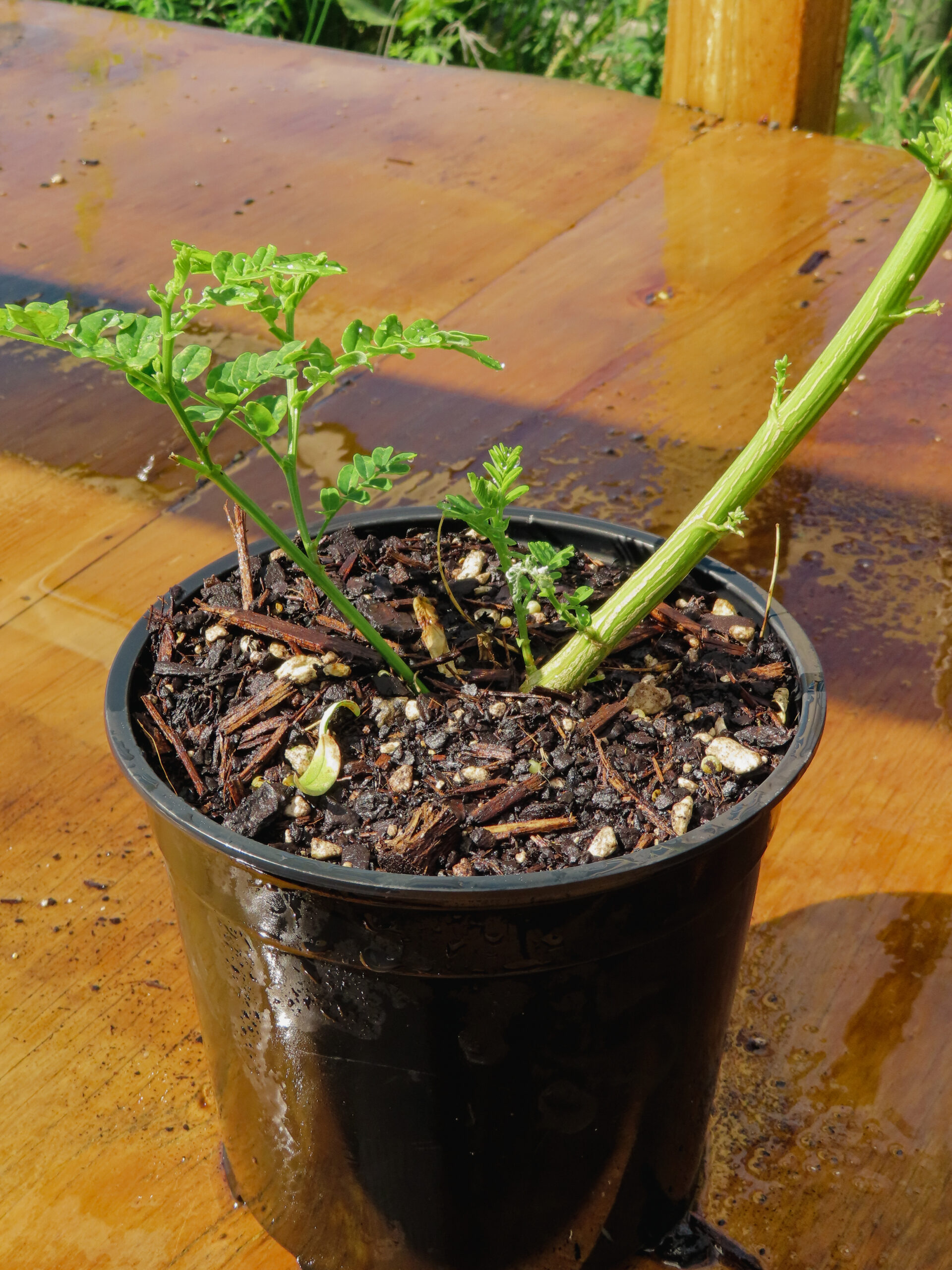Ngutukākā tree
$25-00
This is your opportunity to have a seedling that has been hand reared at Ngapeke Permaculture by a member of the team. From seed to tree right at Ngapeke 7.
Hardy in most areas. Clip to retain shape. Best in good soils. Endemic to the North Island, formerly on Great Barrier Island and still present in scattered populations from the East Coast of the North Island from Te Araroa south to the northern Hawkes Bay and east to the Te Urewera National Park. Shrublands and coastal
2mX1.5m. Plants are currently a healthy 30cm in a 1.5L pot
Out of stock
Description
Ngutukākā is a plant of special significance to New Zealand. There are two species, both seriously threatened with extinction in the wild: Clianthus puniceus and Clianthus maximus. Its conservation status is Nationally Critical and is found only in New Zealand, with its closet relative in Australia.
Ngutukākā is named for its beautiful red flowers, which hang in clusters of 15-20 blooms and are shaped liked kaka’s a beak. Hence Ngutu meaning beak/lips and Kākā meaning the native parrot of the same name.
Ngutukākā has a long-lived seed which may still be able to germinate after 30 years, creating a seed bank that holds many seeds ready to germinate when conditions suit. This enables it to grow in shrubland which is not permanently open but is frequently disturbed. The seeds wait for light gaps to appear, e.g. following a tree-fall or a slip, and then germinate in response.
Plants can grow up to 2-3m tall, producing long, trailing stems that form new plants when they come into contact with the soil. In this way, one parent plant can cover a large area.
Being a member of the pea family, Ngutukākā can fix nitrogen, enabling it to grow in infertile sites.
Where is it found?
Only around 150 plants are known in the wild. It’s widespread in cultivation, but there’s not a lot known of the genetic diversity of these plants or their provenance. Maori used Ngutukākā for gifting and trading, which makes it unclear what the pre-human distribution of Ngutukākā was. It has been reported as growing in Northland, Auckland, Great Barrier Island, Coromandel, around Lake Waikaremoana, and the East Cape and Hawke’s Bay.
Wild Ngutukākā is currently known to be at Moturemu Island in the Kaipara harbour, several locations near Ruatoria on the East Cape, Lake Waikaremoana, Ruakituri near Wairoa, and in Hawke’s Bay around Boundary Stream Mainland Island.
Ngutukākā grows in open, sunny, steep sites, often on rocky outcrops, slips, the bases of cliffs or edges of lakes and streams. It is a relatively short-lived plant, sometimes lasting 15-20 years.
Threats
Ngutukākā is a very nutritious plant and has no defences against browsing by deer, goats, pigs, hares, stock or introduced garden snails (which are often found in the wild). There is no evidence to suggest they are browsed by possums.
Ngutukākā was noted as being uncommon in the wild as early as the beginning of last century. Introduced plants, such as Mexican daisy, gorse and buddleia, which compete for habitat, also threaten its survival as they like to live in similar sites.

